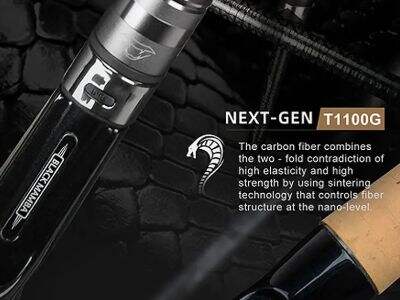Many kids enjoy fishing because its an exciting outdoor activity. If you’re looking to catch some fish, it is crucial to know how to set up your very own fishing rig. This guide will teach you how to make it step by step and in simple words.
Selecting the Proper Rod and Reel:
Selecting the 1. Select the right fishing rod The first and main thing in the list: when it comes to fishing, it’s your fishing rod and reel that catch the fish, so you should be prepared for this. You’ll want to select a rod and reel that is sized and weighted right for the fish you want to catch. If you are fishing in a lake or pond for smaller fish such as bluegill or crappie, you may want to use a light to medium rod and reel. If you’re in the ocean and hunting big fish such as tuna or marlin you will need a more heavy duty rod and reel.
The Best Fishing Line Options:
Once you have your rod and reel, the next thing to consider is what fishing line is best for you. There are three varieties of fishing lines: monofilament, braided and fluorocarbon. Monofilament fishing line is great for beginners too since it is easy to work with and doesn't tend to tangle much as long as you don't let slack build up. A braided line is stronger as well as being good for fishing in unfriendly locations. Pros Fluorocarbon line is nearly invisible once underwater, making it excellent for clear water fishing.
Adding Hooks and Lures:
Now you've got to tie on some lures and hooks to your rig. You will need a different kind of hook and bait depending on what you fishing for. If you are fishing for small fish, such as bass or trout, use a size 6 to size 10 hook. For larger fish, such as catfish or pike, a size 2 through a size 4 is more appropriate. There are a variety of lures, from spoons and spinners to jigs in all shapes and sizes. Experiment with other lures and see which ones work best for fish in your area.
Personalizing Your Rig with Bobbers and Sinkers:
Bobbers and sinkers are ideal for making your fishing rig better. Bobbers are small floats that you attach to your line to keep your bait at a specific depth in the water. They also indicate when you have a fish on the line, so it’s easier to reel them in.Sinkers, on the other hand, are weights that make your bait sink to the bottom of the water column and where the fish are hiding. You’ll also catch more fish by switching up the size and location of bobbers and sinkers.

